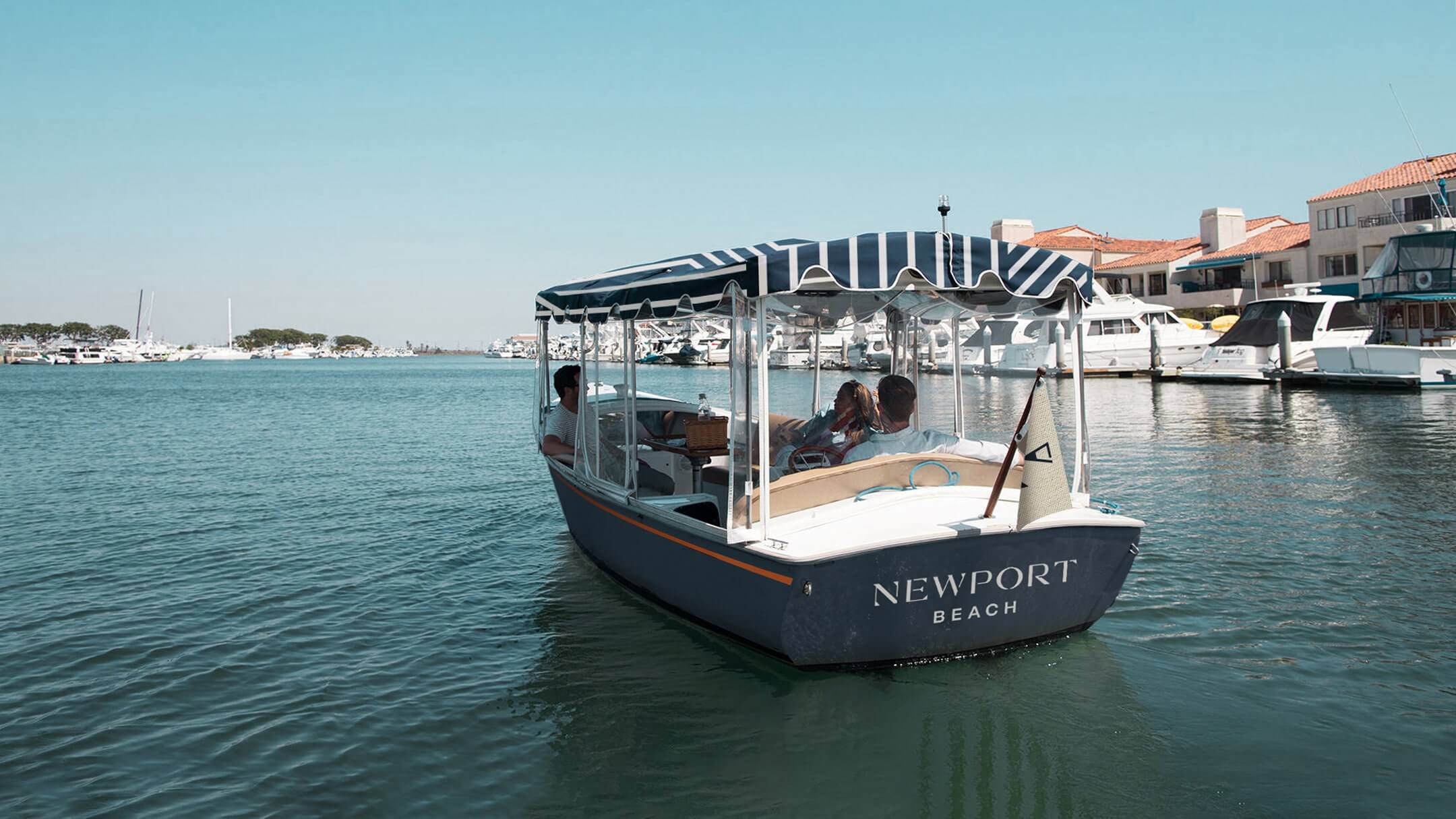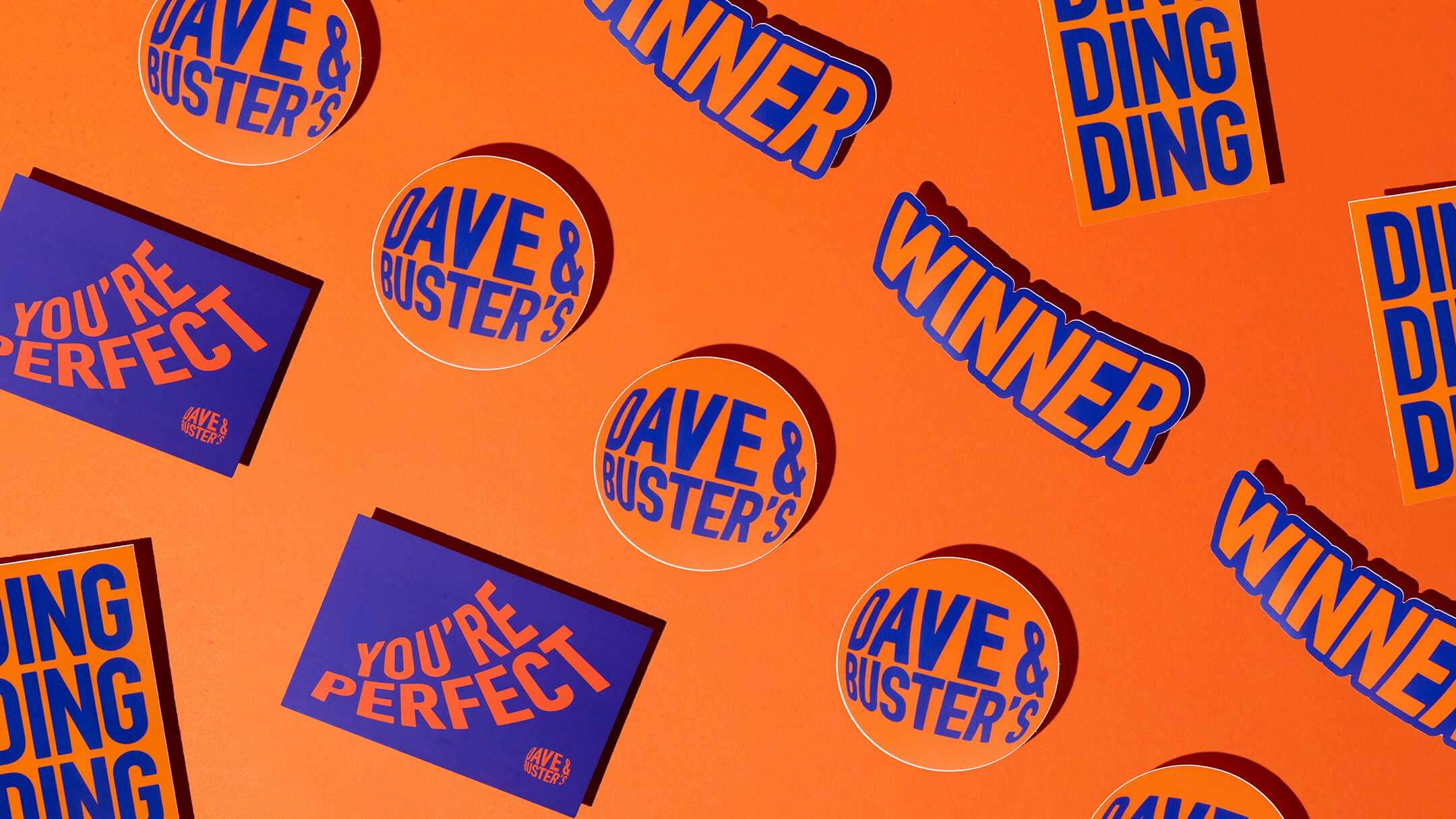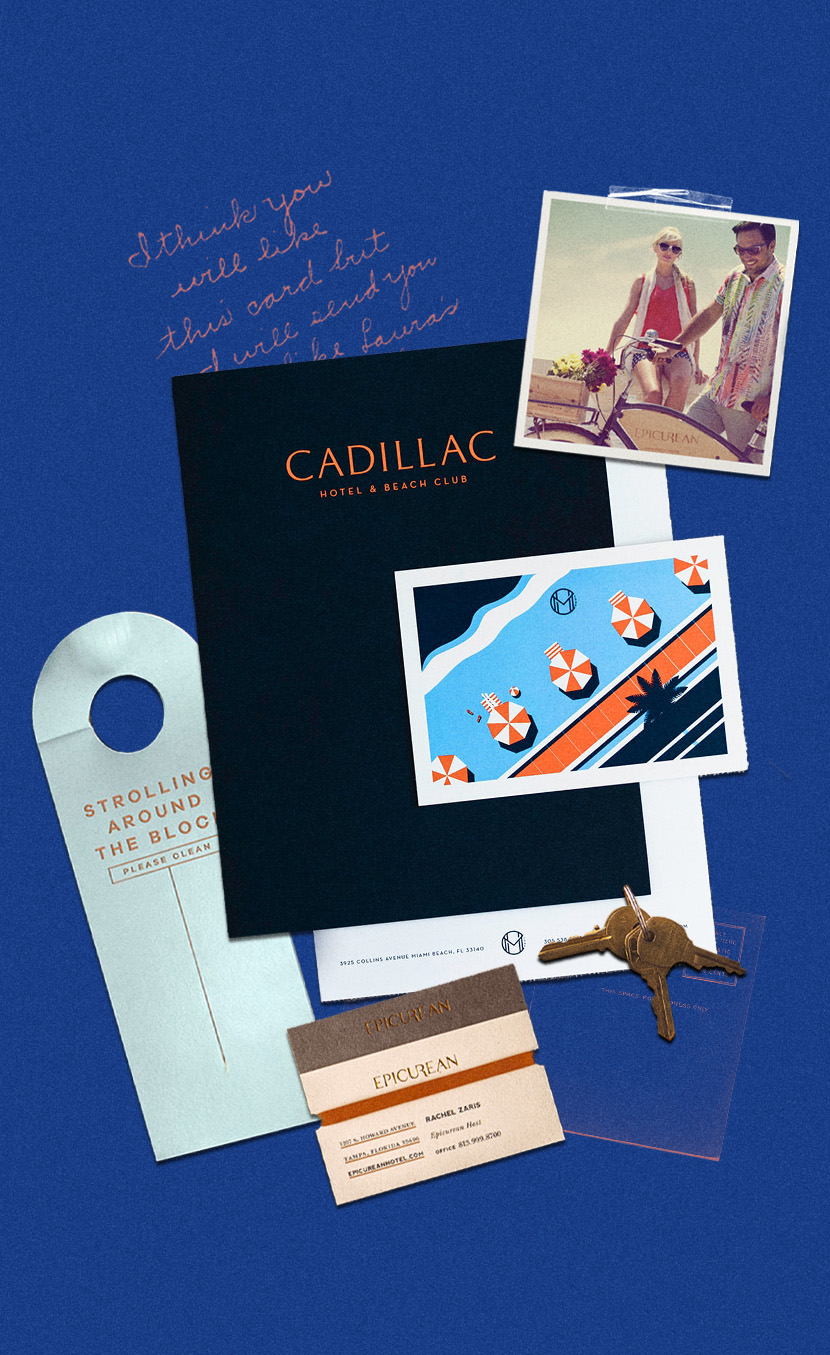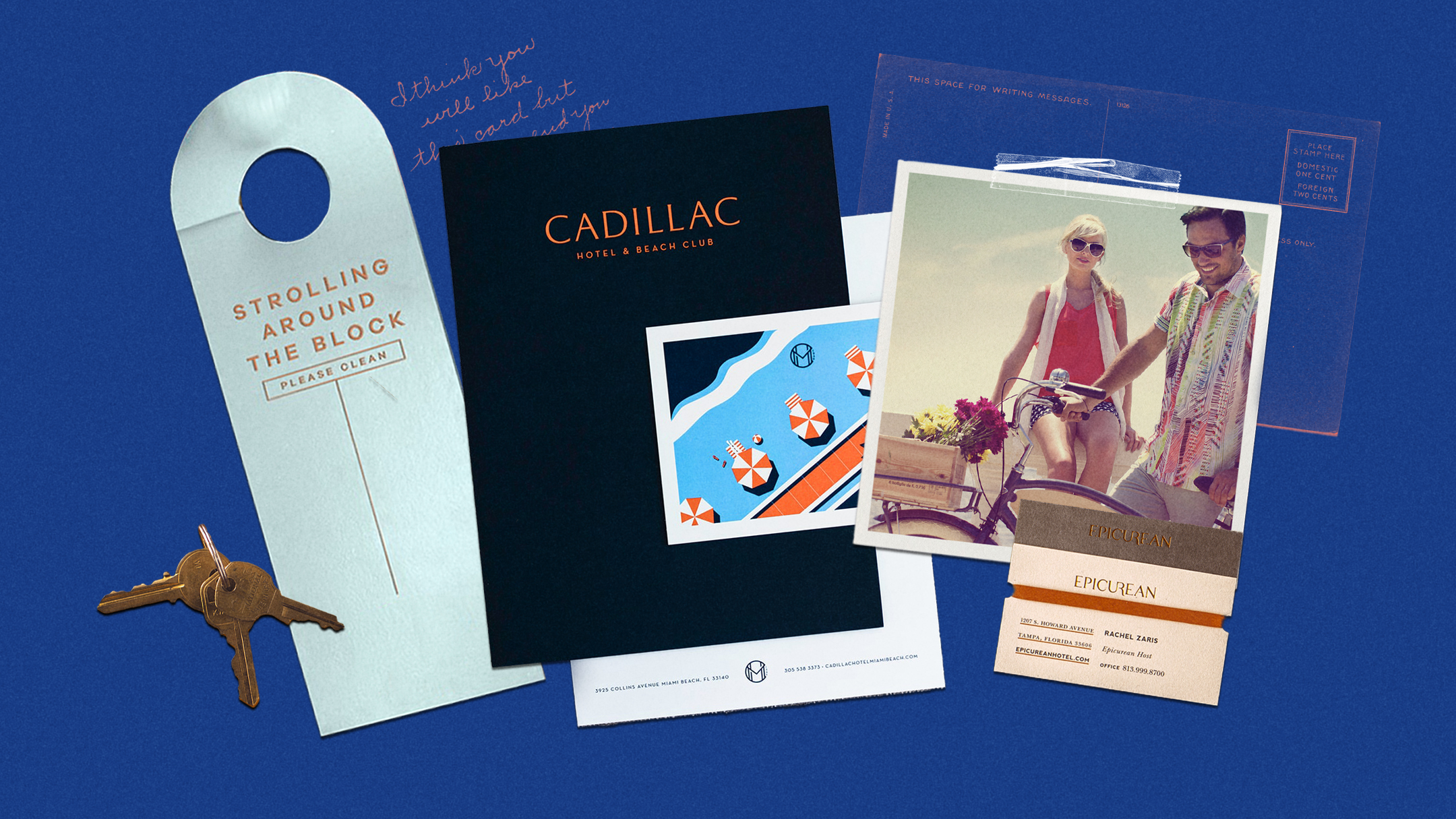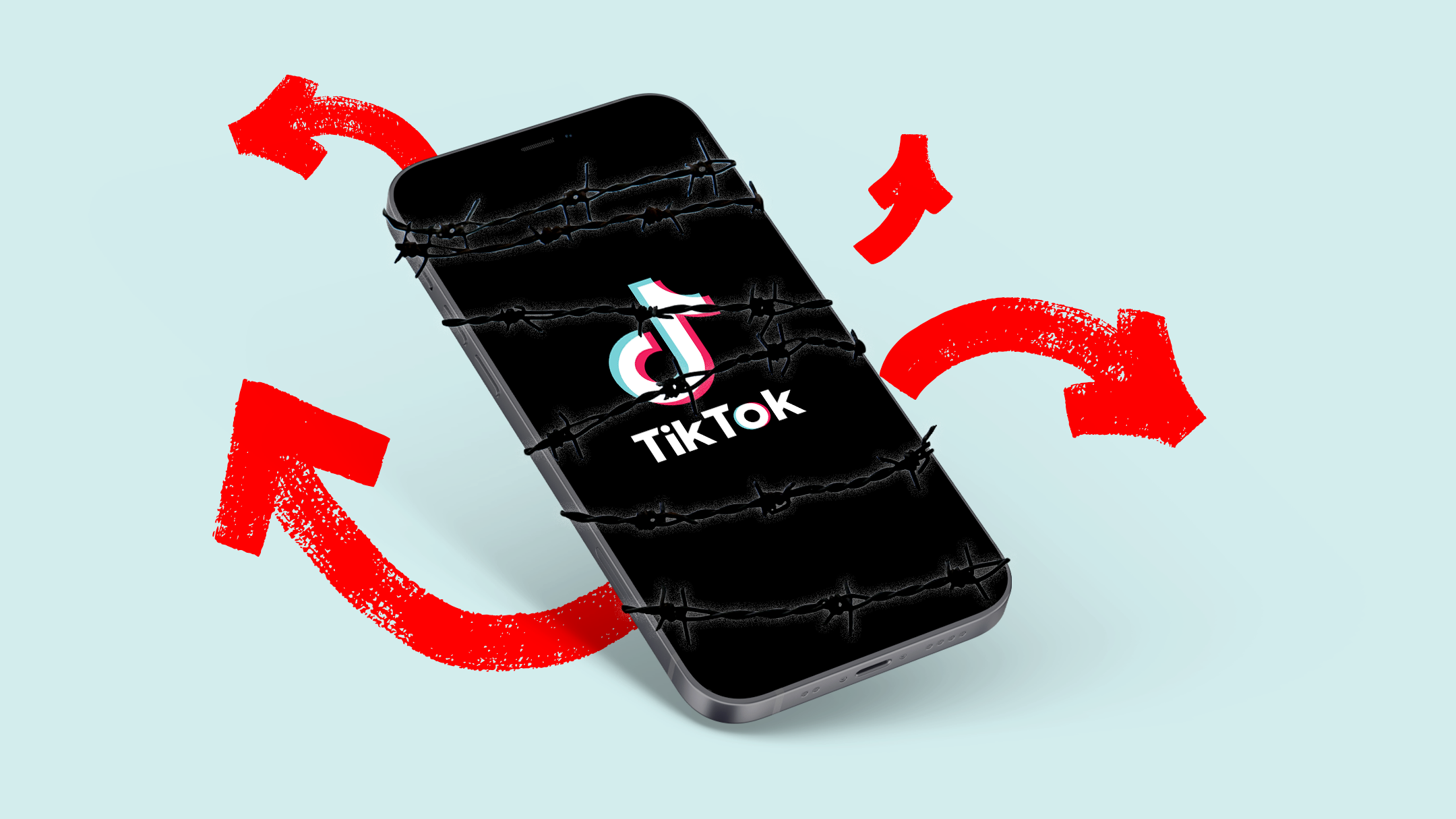What’s In a Name: The Imperative of Strategic Hospitality Branding for a New Era of Travel
In today’s hospitality landscape, where consumers are presented with an ever-expanding number of choices, the power of a strong brand cannot be understated. Branding is more than just logos and slogans; it’s a comprehensive strategy that defines and communicates the essence of a hotel’s values, promises, and experiences to potential guests. As we navigate a global hospitality industry valued at over $4.7 trillion, with expectations to surge to $5.5 trillion within 2024, understanding and implementing a strategic, ground-up approach to branding has never been more critical. Recent insights reveal that younger generations, especially Millennials and Generation Z who are projected to make up 45% of luxury sales by 2025, are dramatically shaping the tourism and hospitality landscape with their unique preferences and behaviors.
Branding helps hotels stand out, manage their reputations, and set clear guest expectations. A well-crafted brand tells a story that makes a lasting impression on potential guests, encouraging them to select one property over countless others. Every aspect, from sustainable practices to luxury services and unique locations, contributes to creating a distinct brand identity that significantly enhances market visibility and operational success. Notably, 70% of American millennial and Gen Z travelers seek unique experiences that their family and friends have yet to consider, and in China, this figure reaches 90%.
A Comprehensive Approach to Building Brand Identity
Building a successful hotel brand involves several critical steps, from the initial concept to long-term brand management. Here’s how marketers and hoteliers can approach this process:
Discovery & Research: Understand the market landscape, identify target audiences, and recognize unique selling propositions through competitive audits and customer profile research. More than half of Gen Z and millennial consumers travel frequently, taking three or more leisure trips annually, indicating a robust market segment for targeted branding efforts. The discovery process helps identify the white space where you can win.
Defining the Brand Story: Defining the Brand Story: Develop the brand’s mission, vision, core values, and guest journey. This narrative shapes guests’ expectations and makes the brand relatable and authentic. Engaging these travelers with brands that align with their safety, wellness, and sustainability values can significantly influence their accommodation choices. The brand story becomes the compass for all decision-making, not just in branding and marketing but also in operations, architecture, and interior design. It serves as a litmus test to ensure that every aspect of the experience is delivered through the lens of what matters to guests.
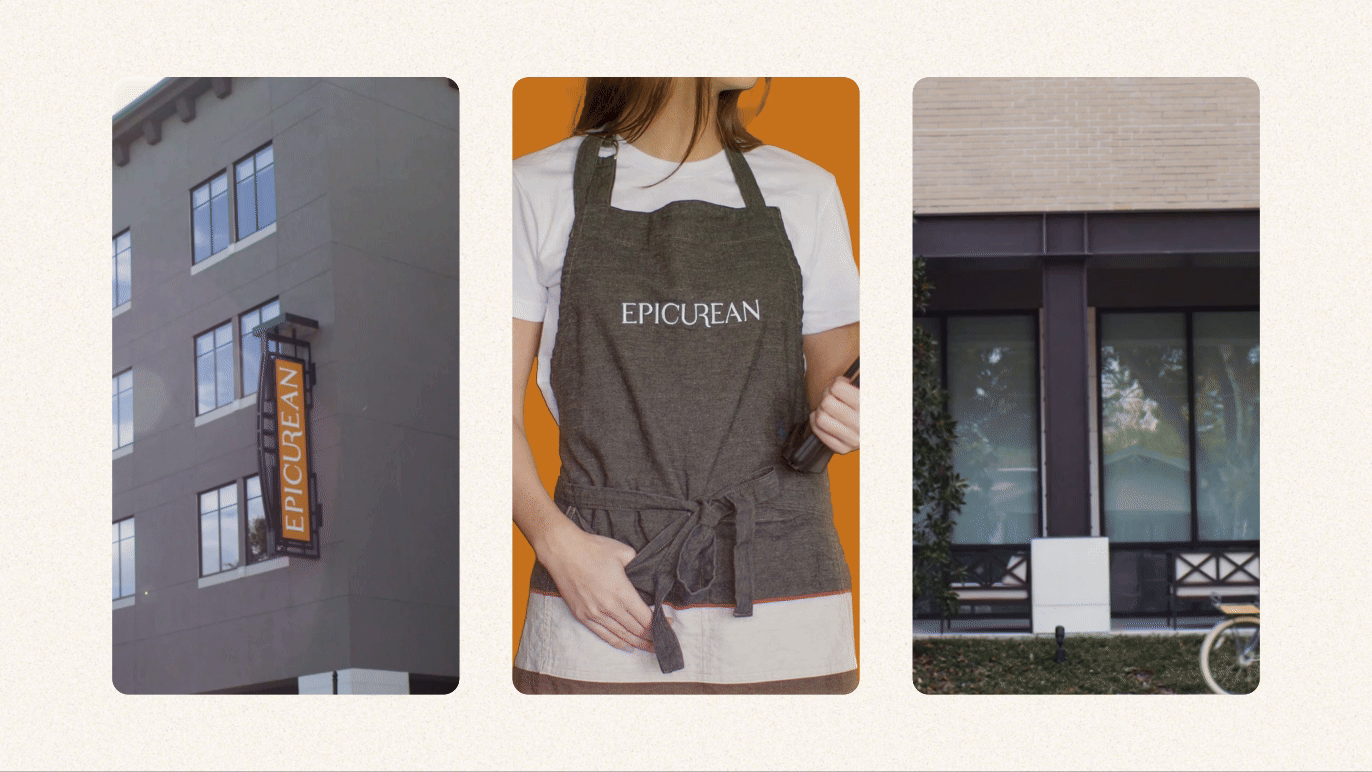
Visual & Verbal Identity Development: Create a cohesive visual and verbal identity, including logo design, color palette selection, and tone of voice, ensuring consistency across all touchpoints. This consistency extends beyond marketing to influence architecture and interior design, creating spaces and experiences embodying the brand’s essence. For Gen Z especially, who prioritize authentic, culturally immersive experiences often discovered through social media, it’s crucial that every aspect of the property reflects the brand’s identity. Integrating the visual and verbal identity into the physical spaces ensures that guests experience the brand’s story and values in every interaction, from the first impression online to the moment they walk through the doors.
Operational Implementation: Integrate brand principles across all operations, from staff training to designing physical spaces and marketing strategies. Encourage all staff levels to contribute ideas on enhancing brand representation. This approach fosters engagement and brings forward innovative ideas from unexpected sources, such as housekeeping staff or other employee levels. The best way to genuinely deliver a brand is by making your staff feel like it’s theirs to own. Training is not just about employees understanding the brand but about seeing themselves as part of delivering the story, whether front or back of the house. This fosters a genuine belief in the mission and a passion for delivering it consistently. Notably, 35% of Millennials prefer premium hotels, aligning with their expectations for high-quality experiences. This genuine commitment from staff ultimately creates brand experiences that last and evolve with the consumer.
Monitoring & Adapting: Continuously monitor brand perception in the market, adapting strategies based on guest feedback and online reviews. This is essential as Millennials spend a significant portion of their online time engaging with user-generated content on blogs and review sites. As consumer priorities shift, your brand can serve as a compass, guiding how you adapt to these changes without altering the essence of who you are and what you stand for.
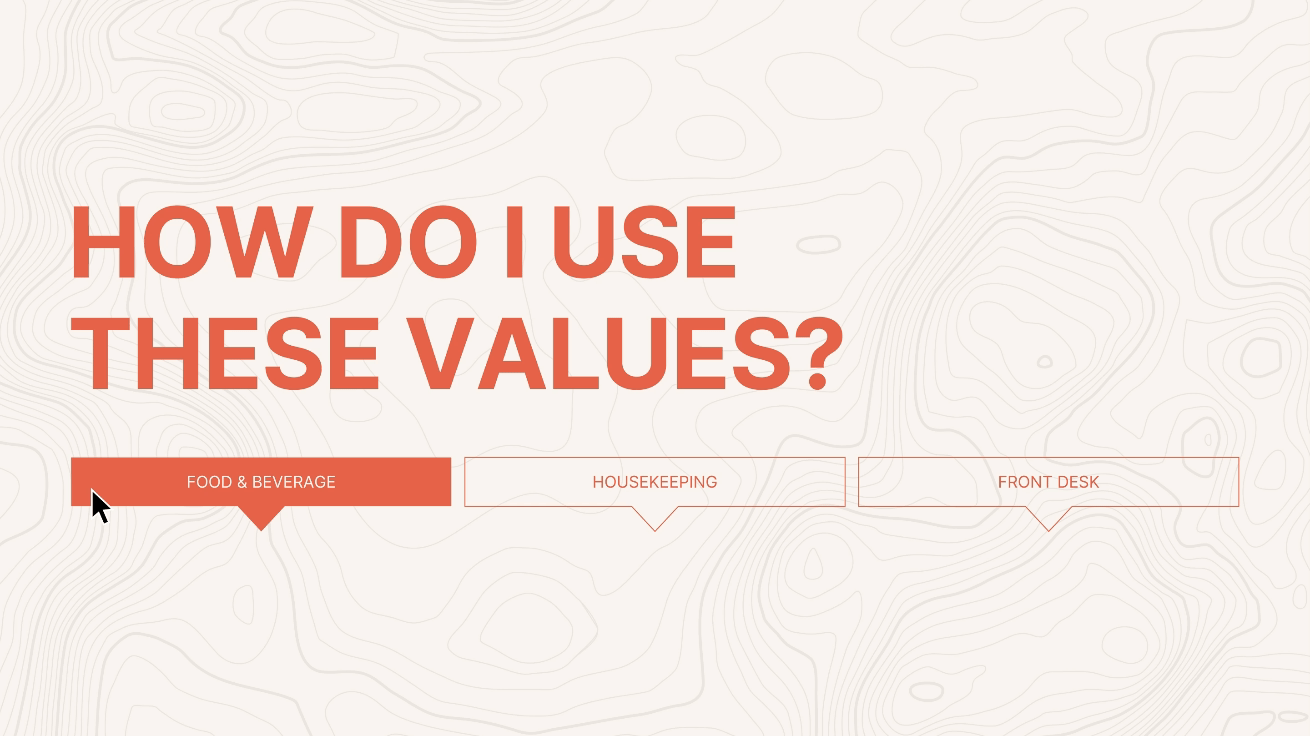
Examples and Outcomes of Effective Hotel Branding
Implementing a strategic branding approach can dramatically alter a hotel’s market presence and guest perception. The following examples demonstrate how specific branding strategies have translated into tangible success in the hospitality industry, highlighting the profound effects of thoughtful branding.
The Epicurean Hotel in Tampa is a prime example of how a focused branding strategy can elevate a property’s stature and financial performance. By emphasizing its unique culinary heritage and linking closely with the locally renowned Bern’s Steak House, the Epicurean developed a branding narrative centered around gourmet experiences that appeal to food enthusiasts. This distinct positioning helped the hotel achieve a 33% higher Average Daily Rate (ADR) than its competitors. Additionally, its dedication to an enriching food and wine experience earned it the title of Marriott’s International Hotel Opening of the Year, showcasing the power of a well-crafted brand story that resonates with a targeted audience.
Another illustrative case is the rebranding of the Hilton Sedona at Bell Rock, which was transformed to cater specifically to adventure travelers. Previously, the property was a generic offering in a market dominated by boutique hotels and highly experiential offerings, most focused on wellness but lacking an emphasis on adventure. The white space to own was identified through observations of actual guests and discussions with staff, revealing that adventure was a passion point and an unmet need in the market. The hotel introduced activities and amenities such as guided hikes, adventure supplies and gear, and locally inspired culinary experiences by reimagining its brand to reflect Sedona’s unique natural landscape and cultural mystique. These initiatives were supported by a comprehensive redesign of the hotel’s physical space and staff training programs to ensure every guest interaction reinforced the brand’s adventurous spirit. The result was a remarkable 40% increase in bookings, demonstrating how a well-defined brand can effectively capture and engage a specific market segment.
The transformation of these properties was not limited to physical or experiential changes but extended deeply into operational practices. Staff played a crucial role as brand ambassadors at the Epicurean Hotel and the Sedona Adventure Resort. Training programs were redesigned to ensure every employee, from front desk agents to culinary staff, understood and could embody the brand’s core values and narratives. Additionally, the hotels enhanced their digital presence to align with their brand stories, optimizing their websites for storytelling and integrating social media strategies that showcased guest experiences and behind-the-scenes activities, further solidifying their brand identity in the digital realm and finding innovative ways to connect with younger travelers.

For hoteliers and marketers, embracing a ground-up approach to branding is crucial in a competitive market. A strong brand is essential for attracting and retaining loyal customers across generations. As we look to the future, the importance of connecting with Millennial and Generation Z travelers cannot be overstated. These younger demographics are rapidly becoming the backbone of the hospitality industry. Their preferences for sustainability, authentic experiences, and digital engagement redefine how hotels should approach marketing and service delivery. Understanding how to effectively communicate and cater to these emerging groups, while also satisfying the needs of seasoned travelers, is vital for any brand aiming to thrive in the evolving landscape of travel and tourism.
Now is the time to assess, build, or refine your branding strategy to ensure it effectively captures and communicates your property’s unique essence. By doing so, you can create a brand that resonates deeply with today’s travelers and future generations, ensuring your property remains a preferred choice for diverse audiences. Let your brand be more than just a name; let it be the reason guests choose you repeatedly, securing a competitive edge in the vibrant world of hospitality.

